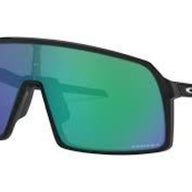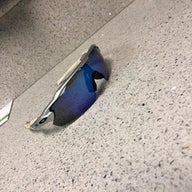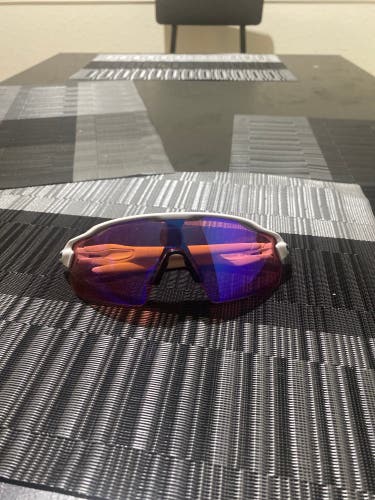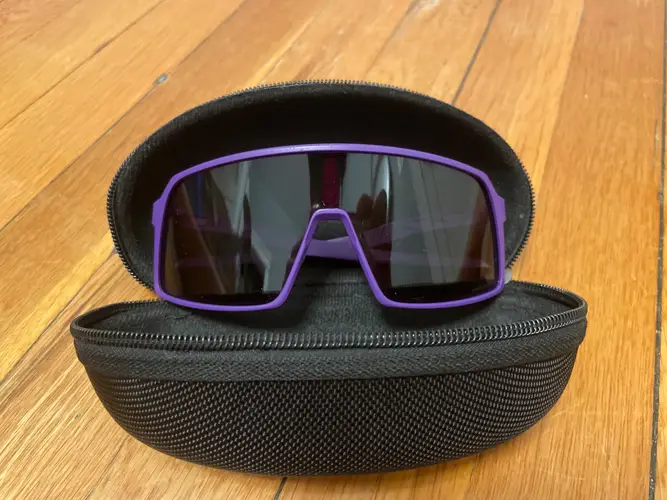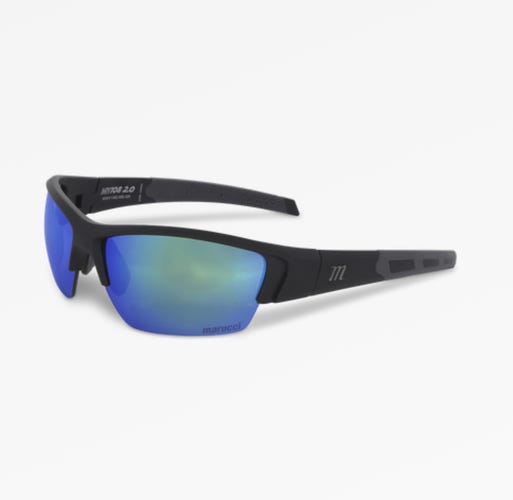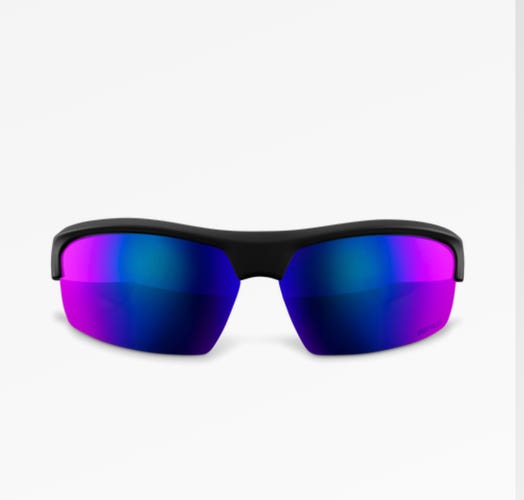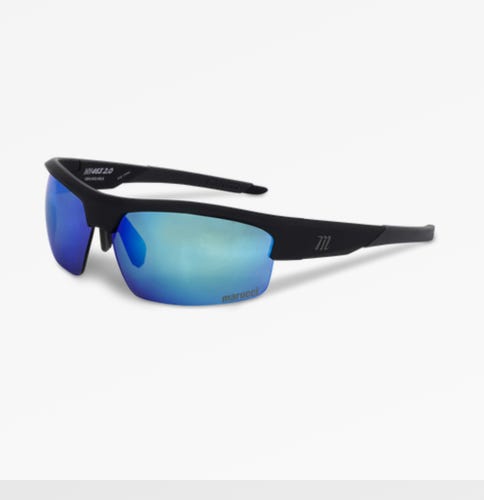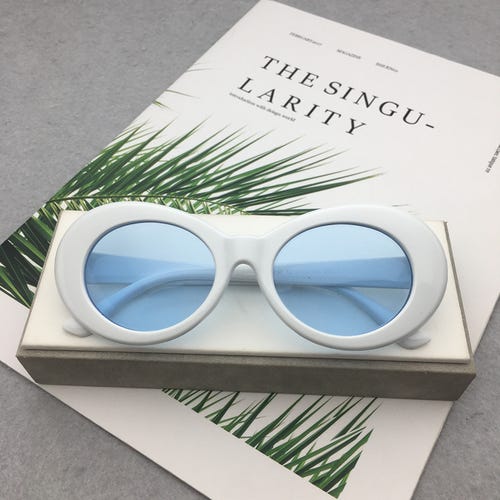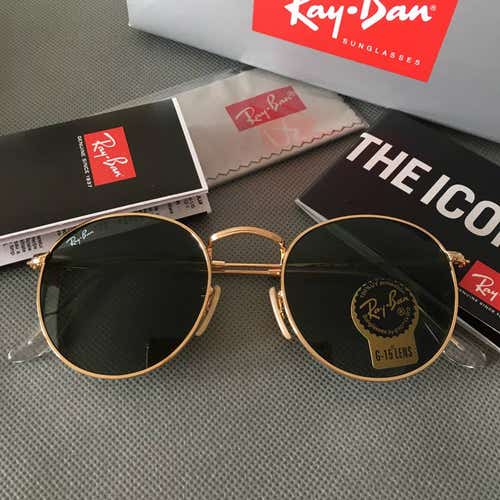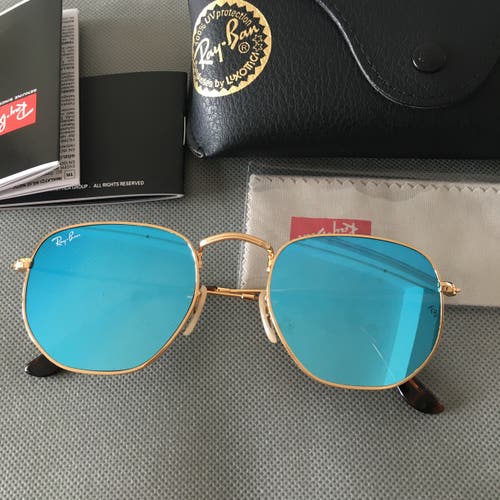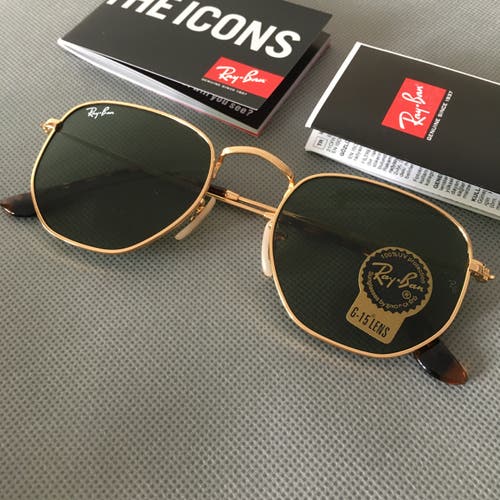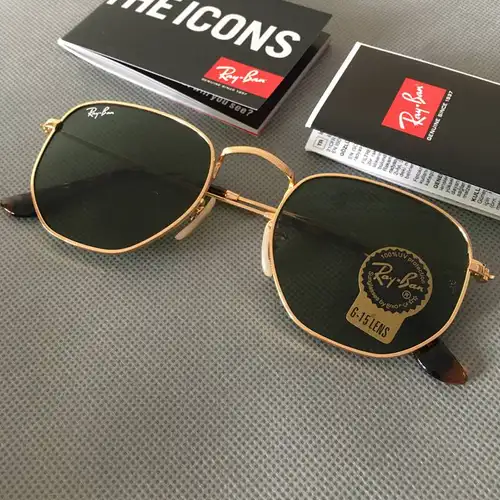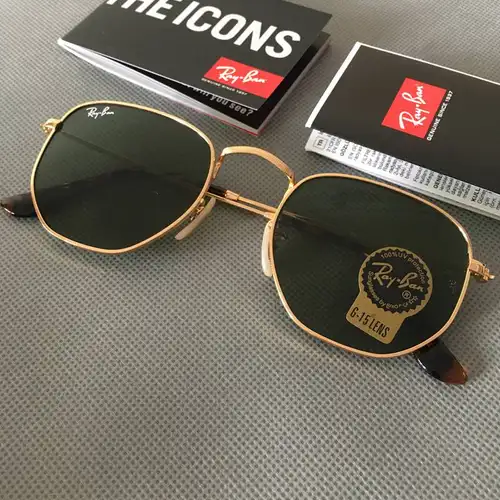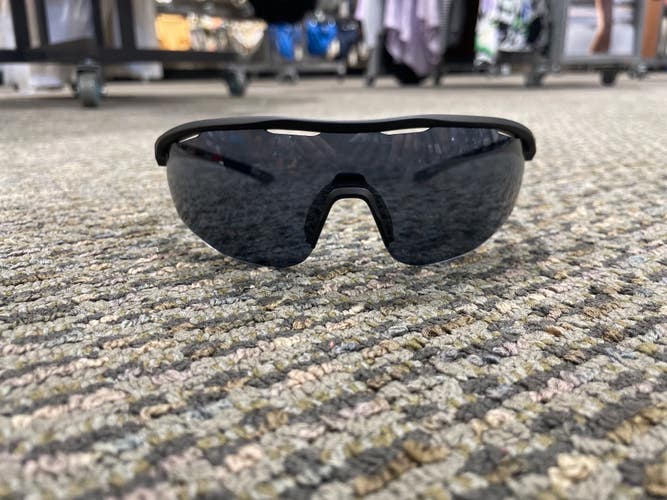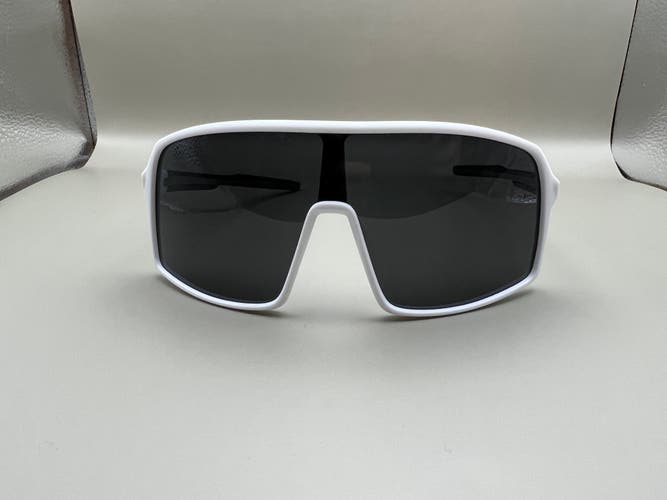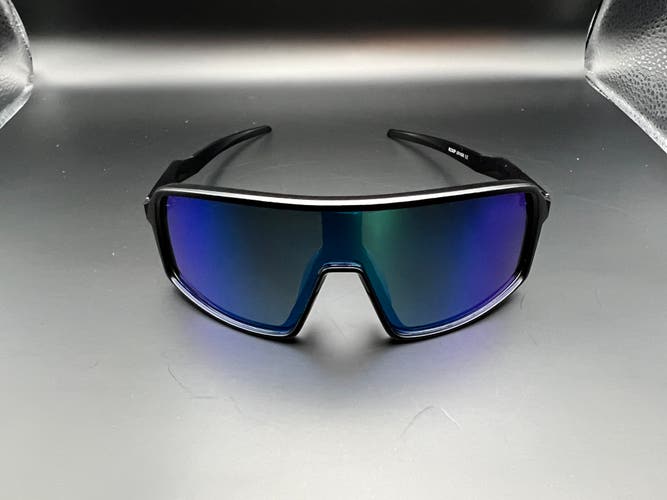History of Baseball Sunglasses
The first time sunglasses appeared on a baseball field was 1882. After that, other players began opting for shades to shield their eyes from the sun's glare. Ted Williams sported flip-shade sunglasses in 1947 in the season's opening game. In 1992, Ken Griffey Jr. made sunglasses a signature part of his look, having them sit atop his hat when he wasn’t wearing them -- major style points. Since 2014, shatterproof lenses have offered players a more reliable (and safer) option when it comes to sunglasses.
Types of Baseball Sunglasses
Baseball sunglasses come in many shapes and sizes, so you can easily customize them according to your needs. Polarized sunglasses give players extra protection against glare, which is crucial during sunny Summer games -- this is particularly true for outfielders who are usually looking right up into the sun to track fly balls. Tinted baseball sunglasses are also popular, with a range of lense colors available. Depending on how durable a player wants his sunglasses to be, players can choose from plastic or titanium frames. Wraparound baseball sunglasses are the most common style, as these stay close to your face and don't slip off easily. If you’re someone who wears glasses off the field, you can purchase prescription baseball sunglasses to help you see more clearly when you’re out on the field.
Best Baseball Sunglasses
- Oakley Radar EV Path glasses: boast an incredibly lightweight frame that's sure to last; these glasses are manufactured to resist even the heaviest impacts.
- Under Armour Core 2.0 sunglasses: the epitome of comfort, these glasses are complete with cushioned hinges, as well as nose and temple pads that are adjustable; these shades will mold seamlessly to your face.
- Nike Show X2 sunglasses: made with athletes in mind, these glasses feature a nylon frame and rubber nose pads to prevent them from slipping down your face when you get sweaty during a game or practice.
